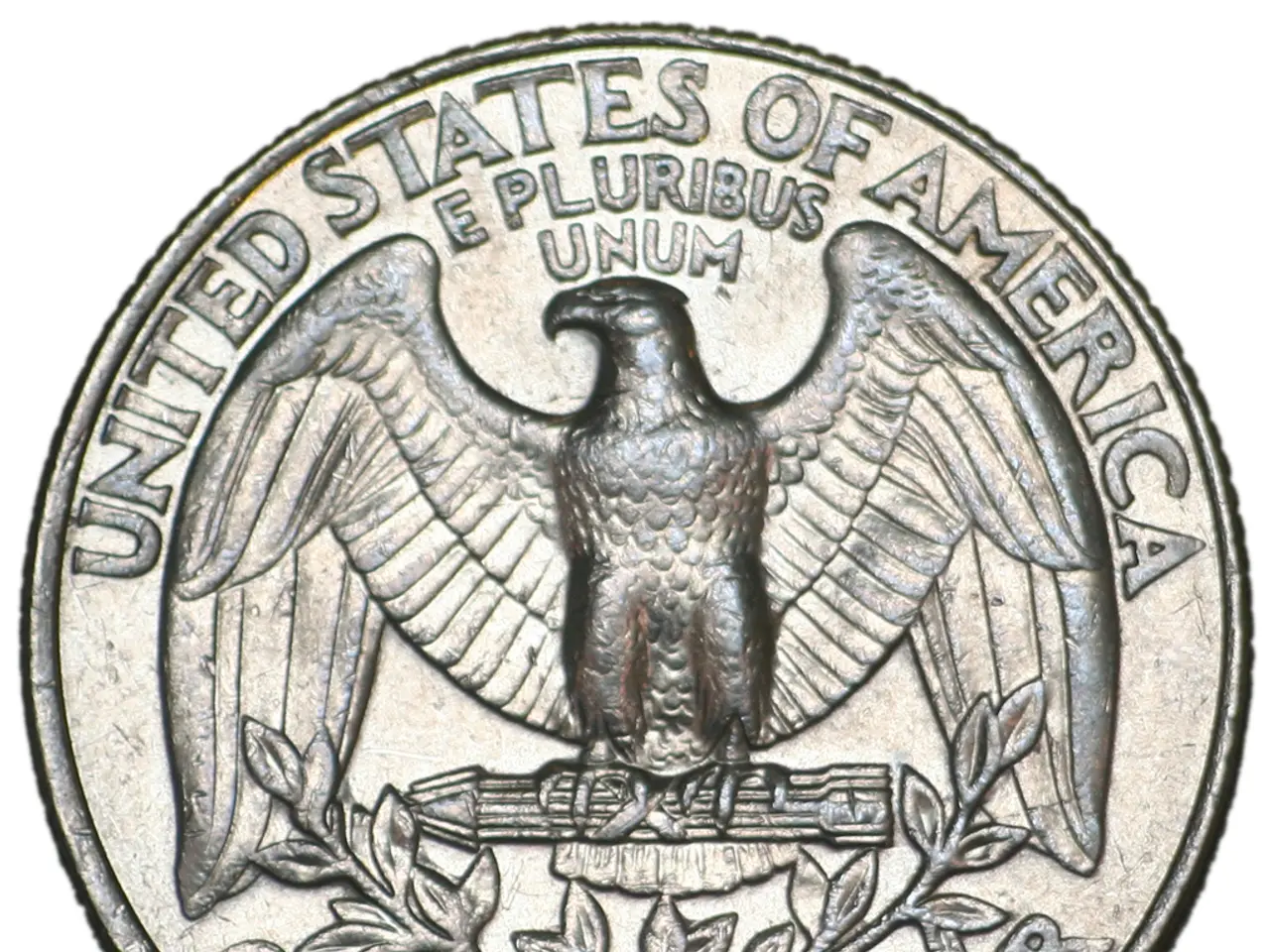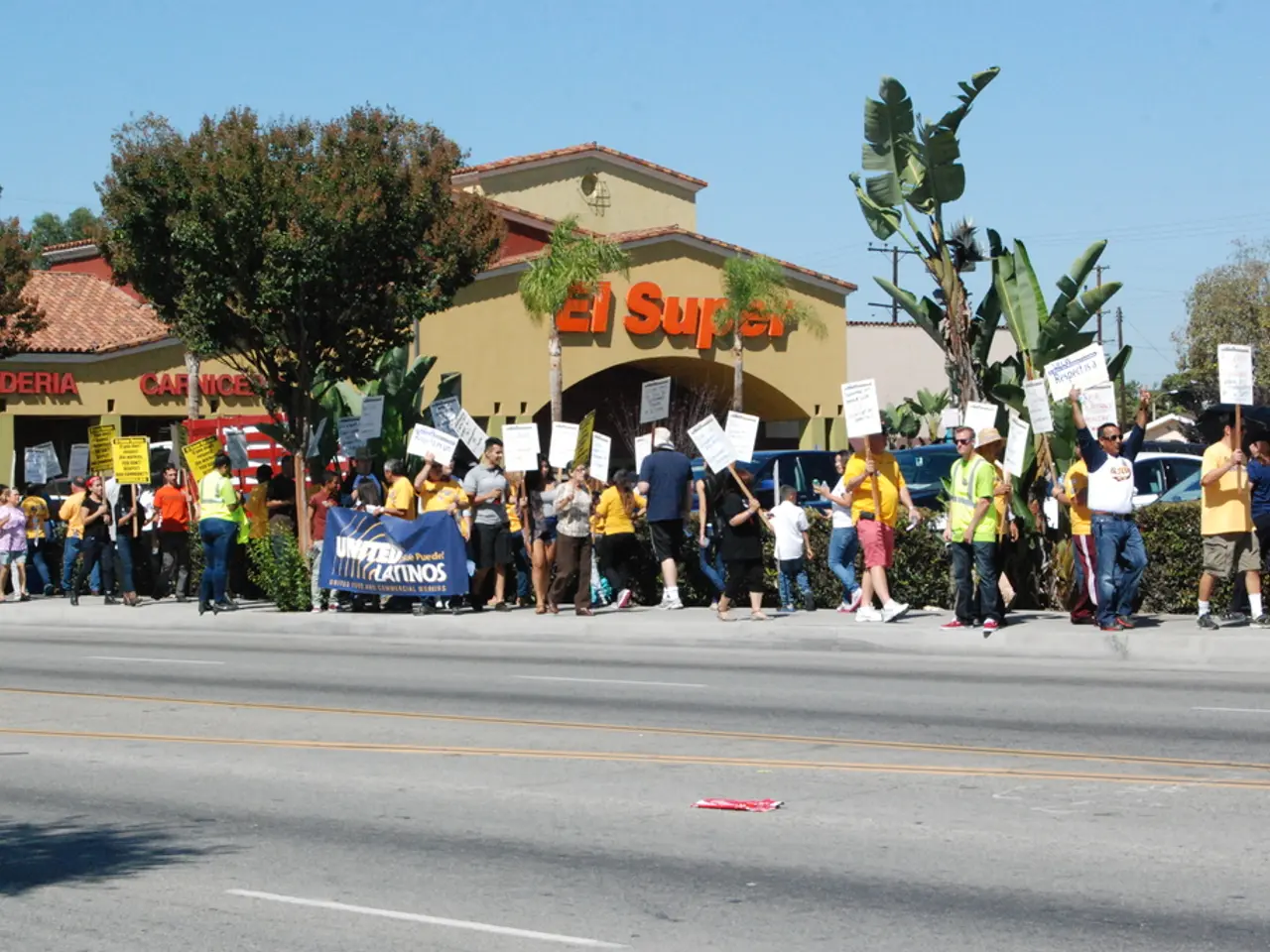Trump expresses optimism that a deal between Israel and Hamas will be reached this week
In a potential breakthrough for the Middle East, a 60-day ceasefire agreement has been proposed by Donald Trump, aimed at bringing an end to the ongoing conflict between Israel and Hamas in Gaza. The agreement, if successful, could pave the way for a broader peace process.
### Key Points of the Agreement
The proposed agreement includes several significant components:
1. **Hostage Release:** Hamas is expected to release 10 live Israeli hostages and 18 deceased hostages during the ceasefire period. The total number of hostages, according to Israeli Prime Minister Netanyahu, stands at around 20 living and 30 deceased.
2. **Ceasefire Duration and Terms:** The ceasefire would last 60 days, during which Israeli forces would withdraw to a buffer zone along Gaza's borders with Israel and Egypt. The ceasefire is not a permanent end to the war but is intended to halt fighting temporarily, with negotiations during this period aimed at establishing a permanent ceasefire.
3. **Prisoner Exchange:** Palestinian prisoners currently held in Israeli facilities would be released in exchange for the hostages, though the exact number of prisoners to be released has not yet been agreed upon.
4. **Humanitarian Aid:** Significant humanitarian aid would be allowed into Gaza, coordinated by United Nations agencies and the Palestinian Red Crescent. However, Israel wants to replace the UN-coordinated system with the Gaza Humanitarian Foundation for food aid distribution, but details remain unresolved.
5. **U.S. Guarantee:** Trump has personally guaranteed Israel’s adherence to the ceasefire, which is meant to reassure Hamas that Israel will not unilaterally resume fighting as happened in a previous ceasefire attempt in March 2025. Trump also indicated he would personally announce the ceasefire agreement.
### Timeline
Trump has stated there is a "good chance" of reaching a deal with Hamas within the week of July 7, 2025. Netanyahu’s meeting with Trump on July 7 was expected to be crucial in finalizing the agreement, with Netanyahu hopeful that U.S. involvement would push the deal across the line. Negotiations involving Israeli and Hamas representatives, along with Qatari and Egyptian mediators, have been ongoing, with the last details being hammered out as of early July 2025.
### Additional Context
The agreement aims to create a framework that enables a halt to hostilities and sets the stage for further negotiations on Gaza’s post-war governance and security arrangements, including who will govern Gaza without Hamas and mechanisms to prevent Hamas’s return to power. Despite progress, Netanyahu has so far been unwilling to sign any final deal to end the war, indicating ongoing complexity and political sensitivities surrounding the ceasefire proposal.
The agreement foresees the gradual withdrawal of Israeli troops from the north and south of the Gaza Strip to "specific locations" yet to be determined. The negotiations aim to achieve a permanent truce and long-term security agreements within the Gaza Strip, with Egypt, Qatar, and the United States being responsible for ensuring the implementation of the agreement. The aid will be distributed by the United Nations and the Palestinian Red Crescent.
If the negotiations fail within the 60-day period, the temporary ceasefire may be extended. Donald Trump will personally oversee the application of the agreement, while the US envoy to the Middle East, Steve Witkoff, will lead the negotiations on the ground. The negotiation base document includes a temporary 60-day ceasefire, the release of hostages held by Hamas, and the opening of land crossings for humanitarian aid. The document requires Hamas to provide "proof of life" of the remaining hostages before the tenth day. The text foresees the Israeli authorization for the entry of "urgent" humanitarian aid, as well as construction materials for repairing vital infrastructures such as water supply, electricity, or health centers. The agreement does not specify the number of live hostages to be released on the 50th day.
The proposed agreement, involving both hostages release and ceasefire duration terms, is a significant component of the political efforts to address war-and-conflicts in the Middle East, particularly in the ongoing conflict between Israel and Hamas in Gaza. if successful, this agreement could provide a stepping stone towards a broader peace process.
The agreement also includes negotiations on Gaza's post-war governance, address general news issues such as the distribution of humanitarian aid, and involves high-level political figures like Donald Trump and Steve Witkoff in its implementation and negotiation process.




